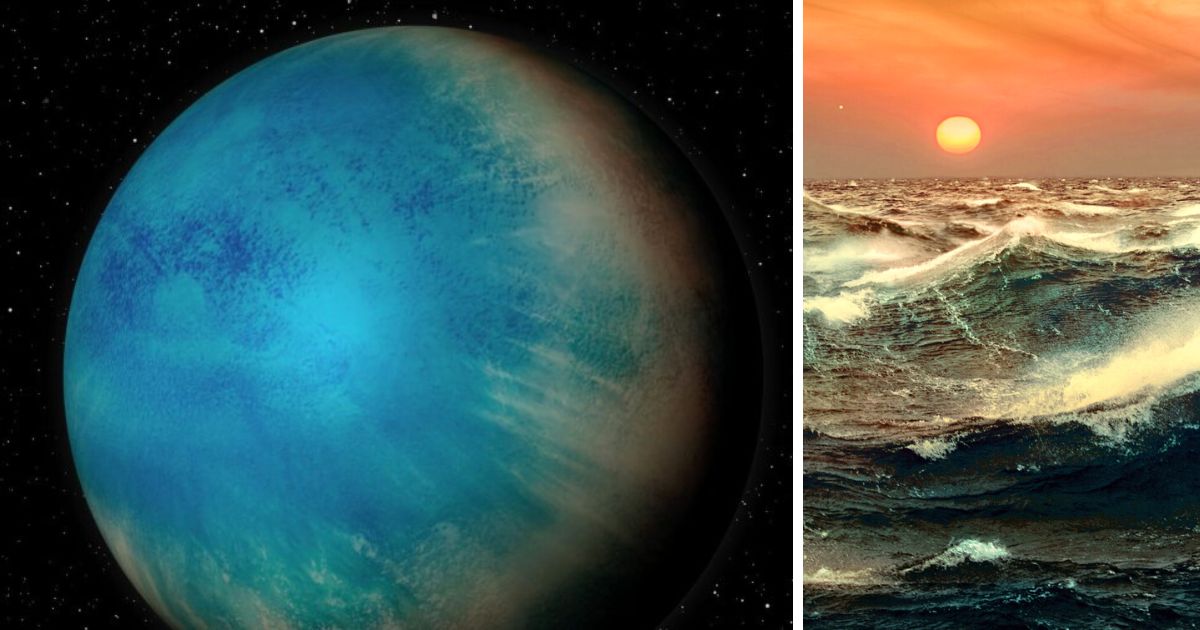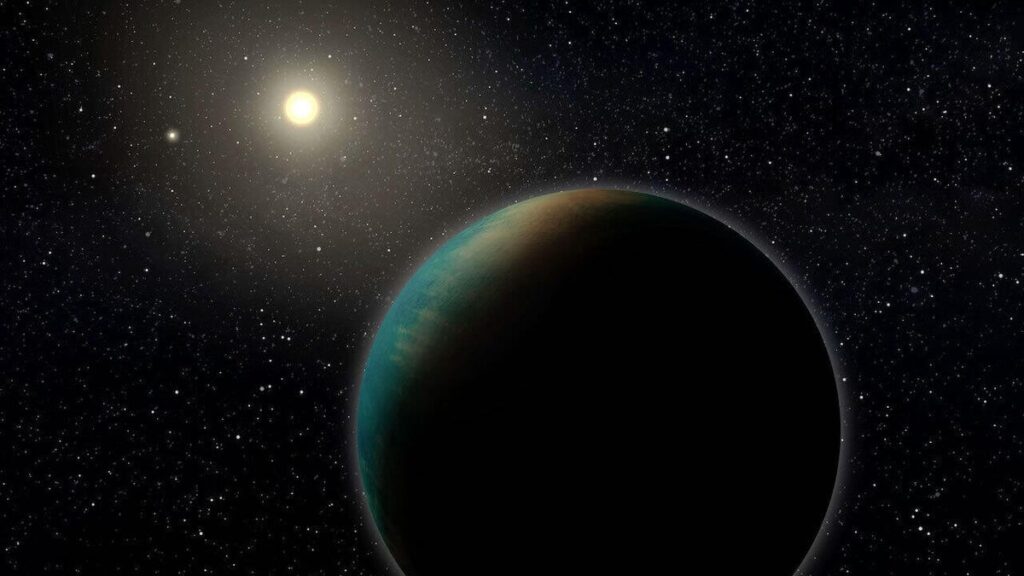The Universe
NASA Has Discovered an ‘Ocean World’ 70% Larger Than Earth Where One Year Lasts Just 11 Days
Scientists say it might even support life.

An “ocean world” that completes one orbit around its star every 11 days has been discovered by NASA, international scientists announced on Wednesday (August 24).
According to a study published on August 12 in The Astronomical Journal, a team of astronomers from the Université de Montréal discovered the water planet using NASA’s Transiting Exoplanet Survey Satellite (TESS).
The exoplanet, named “TOI-1452 b” by scientists and estimated to be 100 million light years away from Earth, is covered by a blanket of water and orbits within a binary star system among the Draco constellation.

In a press release, René Doyon, a professor at the Université de Montréal, said:
“I’m extremely proud of this discovery because it shows the high calibre of our researchers and instrumentation.
It is thanks to the OMM, a special instrument designed in our labs called SPIRou and an innovative analytic method developed by our research team that we were able to detect this one-of-a-kind exoplanet.”
It is believed that the newly discovered planet is roughly 70% larger than Earth. Its density appears to be consistent with having a deep ocean.
However, more research needs to be done.
“TOI-1452 b is one of the best candidates for an ocean planet that we have found to date,” said Charles Cadieux, lead author of the study.
Adding that:
“Its radius and mass suggest a much lower density than what one would expect for a planet that is basically made up of metal and rock, like Earth.”
Remarkably, the ocean world is positioned at a distance close enough to its star to maintain a temperature that could actually support life.
Professor Doyon said the exoplanet needs to undergo additional investigation with NASA’s James Webb Space Telescope to learn more and look into such possibilities.
“Our observations with the Webb Telescope will be essential to better understanding TOI-1452 b,” Doyon revealed.
“As soon as we can, we will book time on Webb to observe this strange and wonderful world.”
Sounds like a perfect side quest for NASA’s Webb Space Telescope has just emerged…
Typos, corrections and/or news tips? Email us at Contact@TheMindUnleashed.com
